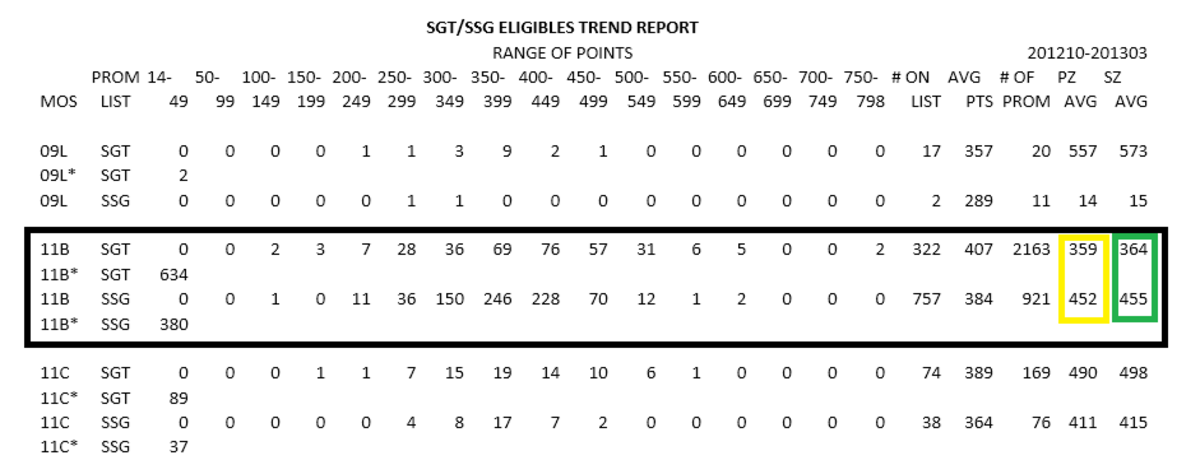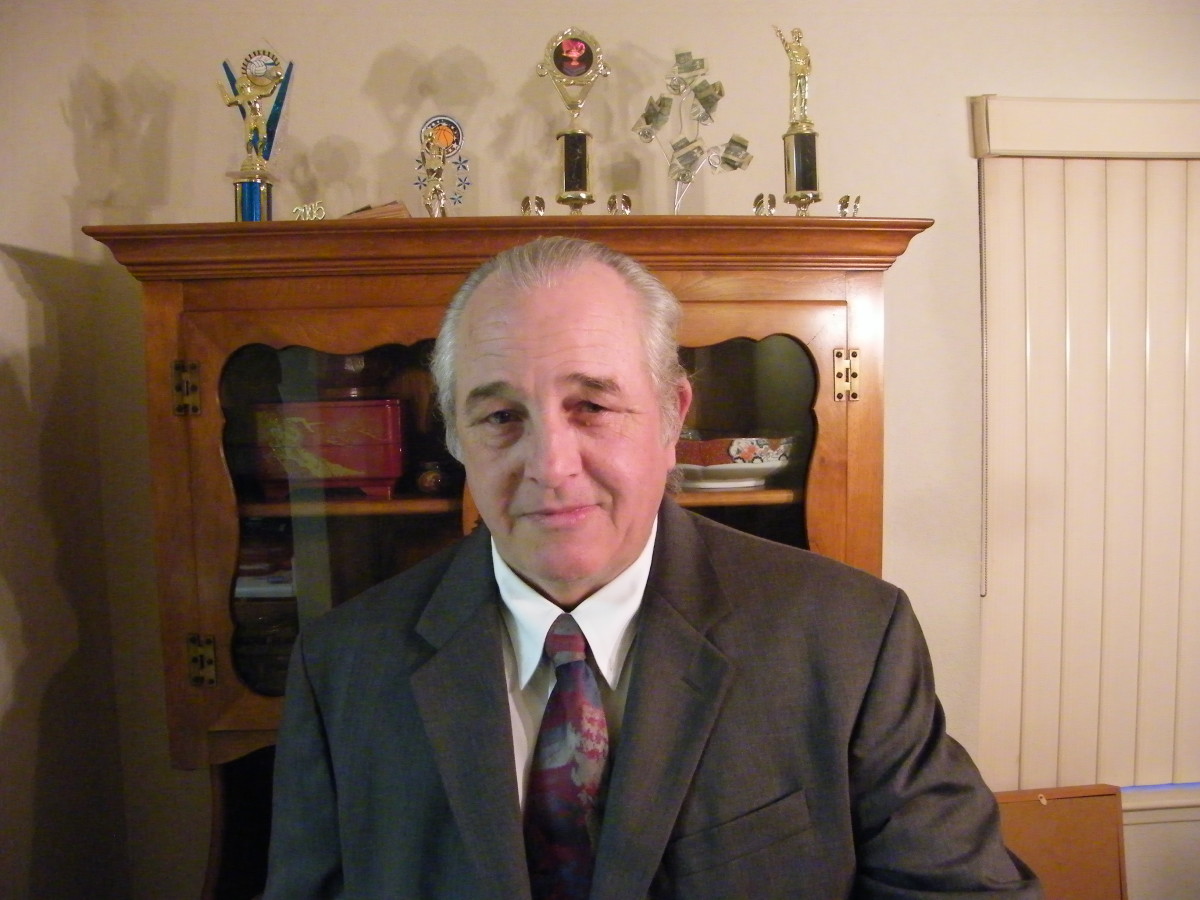America: Out of Many, One
You will do me the justice to remember, that I have always strenuously supported the Right of every Man to his own opinion, however different that opinion might be to mine. He who denies to another this right, makes a slave of himself to his present opinion, because he precludes himself the right of changing it.
Thomas Pain
The Age of Reason
1794
Figure 1
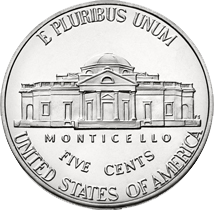
A couple of years ago I was listening to a diversity presentation[1] being by, Major General (Ret) Joseph McNeil[2], when he drew the audience’s attention to the words that are written on the back of a U.S. Nickel, something I personally never paid attention to. He only spent a few seconds talking about it, but I felt the point he was trying to make was so profound and given today’s social tension, it deserved further exploration. The referenced expression is simple and it has represented the reality which has been the United States since 1776. However, in our current political party driven discourse, the message is often forgotten.
The Latin phrase he was referring to was “E Pluribus Unum”, which loosely translated to “Out of Many, One.” This declaration is on everything from the Seal of the United States[3] to all the coins currently produced by the United States Mint[4]. The committee appointed by the Continental Congress to design the Seal of the United States was the first to use the saying as a representative statement of this country.
In 1776 when “Out of Many, One” was first suggested, our population was comparatively small against today’s measure. Looking at the U.S. Census web site today Sunday, December 28, 2014, at 8:47 PM Eastern Standard Time, in this country there are 320,071,459 people. Compared to our first census in 1790 when we had a population of 3,929,214 citizens. (Census) If you look at the demographics of this country the heritage of our citizens represent every nationality, race, creed, color and religion on the face of this planet. We are truly the land of many. While there are some who believe we should limit or segregate the many, our foundation has always been our diversity. This was true back in 1776, although we do not always recognize this. Due to a lack of historical knowledge, some of the population today is still having a problem understanding the value diversity adds to the American fabric.
Figure 2
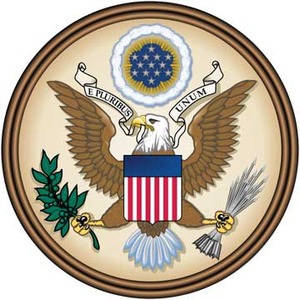
There should be no argument we are a country of many. However, there is a great debate about the meaning of word “One” in the context being discussed. Does it mean we are all to become a nondescript mass of people? Or that people have to ignore their heritage and blend into the society? The answer to both questions is a resounding, no. Here is the push and pull with America; everyone needs to be treated equitably, while at the same time being recognized as an individual. This is not an easy task to accomplish, especially when one person’s wants and needs come into conflict with another person’s wants and needs.
Our culture comes from a mixture of influences from every corner of the planet. At the same time, you have to understand that in this country there is no such thing as a completely homogeneous group. Because even within a group, lets say white males, there are competing values at play. A simple review of history shows, that because of these competitions, our culture is in a constant state of movement. The accepted norms of 1776 were no longer the case in 1876, and again in 1976. Social norms can change in a matter of a few years, so in 2076, what this country looks like will be unrecognizable to the people living today.
While we need to recognize we are a country of many, we cannot forget we are one country. I want to refer to three documents which will help demonstrate my point. The first two come from the U.S. Military and the third is a part of the Constitution.
Figure 3
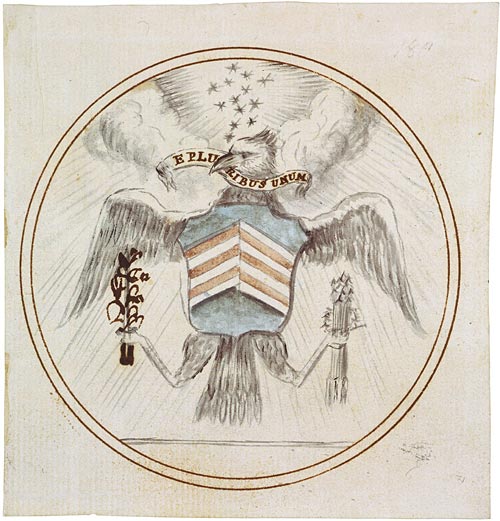
Article I of the U.S. Military Code of Conduct states, “I am an American, fighting in the forces which guard my country and our way of life. I am prepared to give my life in their defense.”
Oath of Enlistment, “I, _____, do solemnly swear (or affirm) that I will support and defend the Constitution of the United States against all enemies, foreign and domestic; that I will bear true faith and allegiance to the same.”
Article I SECTION. 8. of the Constitution charges Congress with the responsibility to, “provide for the common Defense and general Welfare of the United States”.
I am not quoting these for chest pounding; I am referring to them for their underlying meaning. As a civilized society, each of us has a duty and a responsibility to support each other. It is an acknowledgement that I belong to something larger than myself and that the responsibility is to the whole. There is a stern warning attached to the application of the theory behind each of these documents in that they can be taken too far to the elimination of personal rights. Any societal structure, taken to the extreme, can mutate into a totalitarian society.
In 1762, Jean-Jacques Rousseau wrote about the tension which exists within a society that provides for the protection of the society yet recognizes the individual. According to Rousseau, everyone is bound to a social contract that brings about order, but at the same time, Rousseau understood the challenge behind this quest. “The problem is to find a form of association which will defend and protect with the whole common force the person and goods of each associate, and in which each, while uniting himself with all, may still obey himself alone, and remain as free as before.” (Rousseau) This is what the founding fathers meant by, “In order to form a more perfect union.”
Throughout the history of this nation, there has always been a balancing act between conflicting wants and needs. Competing against each other are the views of personal liberties and civil liberties. Unrestrained personal liberty, means the individual is free to gain their personal wants (note I did not say needs) by any means they can, or in other words anarchy. Civil liberties, meaning the good for the society, which also can be taken to its extreme. We are the “United States of America,” which does not mean that we are the, “We Will Always Agree with Each Other States of America.” As a nation, we need to rediscover our “Points of Unity.”
Highly Unfavorable View of the Other Party
Party
| 1994
| 2014
|
|---|---|---|
Republican
| 17%
| 43%
|
Democrat
| 16%
| 38%
|
A study by the Pew Research Center for People and the Press shows how wide the political divide has become in 20 years. 26% more Republicans and 24% more Democrats have a highly unfavorable view of the other party.
In today’s climate, politicians are great at fabricating temporary points of unity for their respective party. These actions/views are usually executed at the expense of the opposing party and it only lasts long enough to influence the next election. They are not looking at what is good for the society, just the party. A research study by the Pew Center shows how the political divide in this country is growing. The tension has created a myopic vision, which is reflected in the general attitudes of Democrats and Republicans. An increasing number of people from the two major political parties have a highly unfavorable view of the other. (Republican 43% and Democrat 38%) An even more dramatic statistic is that 27% of Democrats and 36% of Republican feel that the other party is a threat to America. During a 2010 interview with Anderson Cooper, country singer Trace Adkins describes what was at the heart of the far political right.
COOPER: My question about the Tea Party and what
I -- I'm not sure about is, what happens as more -- as they sort of link themselves
to more and more candidates, and those candidates get in governing positions?
You know, it's one thing to be angry about stuff and be critical of it. To
actually be in those positions, then have to make sort of leadership positions
and the kind of compromises, you know, people in government make all the time
to get things actually done. Does that fracture it? Does that fracture the
movement? Or are they able to stay unified? Are they able to continue growing
and get stronger? And I don't know the answer to that.
ADKINS: Well, I don't think anybody does. But I do believe this, though. I
think that compromise is what's costing some of those Republicans their jobs.
These people don't want compromise. They don't want their conservative leaders
to reach across the aisle and work with the other party. They want them to leer
across the aisle and give them the finger. They don't -- they don't -- that's
what -- that's why these people are being voted out. (Cooper)
Figure 4
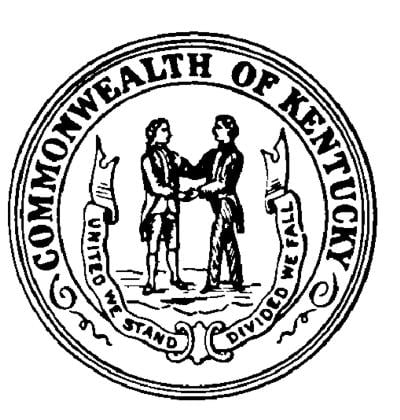
The philosophy of “No Compromise” is the problem, without compromise there is no society and no freedom. John Stuart Mill called it “tyranny by the majority”; I think the accurate description should be “tyranny of the loudest.” Extreme political views tend to have a myopic word view, which they try to present as panoptic.
Our Nation’s history was founded on compromise, even with a starting population of just shy of 4 million people there was no way they could agree on everything as it related to the direction the new country was going to take. This is not to say in every case, the compromise reached was the best thing for the country, but they were necessary for its survival.
Thomas Jefferson represents one of the most misunderstood of the founding fathers, because he was a complex thinker. On the one hand, it looks like he supports the idea of exclusive majority rule, which is demonstrated in the following example. "If we are faithful to our country, if we acquiesce, with good will, in the decisions of the majority, and the nation moves in mass in the same direction, although it may not be that which every individual thinks best, we have nothing to fear from any quarter." --Thomas Jefferson to Virginia Baptists, 1808. ME 16:321. (Jefferson) To the myopic thinker the conclusion drawn from this quote is clear, Thomas Jefferson believed in strict adherence to majority rule. However, the panoptic thinker will require a greater level of inquiry, which will lead them to understand that at the same time he was aware of minority rights. "The minorities are too respectable, not to be entitled to some sacrifice of opinion, in the majority." --Thomas Jefferson to James Madison, 1788. ME 7:184(Jefferson) Jefferson understood that there was a majority and a minority population whose rights needed to be protected. This can only be accomplished through critical analysts of the issues.
The trick is not to believe everything with a single pass, American philosopher John Locke states, “Reading furnishes the mind only with materials of knowledge; it is thinking that makes what we read ours.”(Locke) In addition, Thomas Paine said, "A long habit of not thinking a thing wrong gives it a superficial appearance of being right." What these two are telling us is that people need to be critical of the information the get. Being critical means assessing the information and leaving one open to new information. This is the only path to logical compromise. After all compromise is just another word for working together. Only through working together will we continue to survive and grow as a country. The motto for the state of Kentucky does sums it up, “United We Stand, Divided We Fall”
Can we overcome the polarization of our nation?
References
Footnotes:
- The presentation was written by BG (ret) Leon Johnson
- Retired Major General USAFR and one of the Greensboro Four
- Adopted June 20, 1782
- The first time it was used on a U.S. Coin was 1795
Websites:
U.S. Census Bureau. Census.gov. Accessed December 28, 2014
Copper, Anderson. CNN. Anderson Cooper 360 Degrees. September 17, 2010. http://archives.cnn.com/TRANSCRIPTS/1009/17/acd.01.html. Accessed September 18, 2010
Rousseau, Jean Jacques. Book 1 Part 6 Social Contract. http://www.constitution.org/jjr/socon.htm. Accessed September 4, 2010
Jefferson, Thomas. University of Virginia. Thomas Jefferson on Politics & Government. http://etext.virginia.edu/jefferson/quotations/jeff0500.htm. Accessed September 19, 2010
Locke, John. Of the Conduct of the Understanding. Edited F. W. Garforth. http://www.ilt.columbia.edu/publications/CESdigital/locke/conduct/sect/section_20.html. Accessed September 22, 2010
Images
Figure 1: Back of Jefferson Nickel. U.S. Mint. http://www.usmint.gov/mint_programs/circulatingCoins/index.cfm?action=CircNickel (Access December 28, 2014)
Figure 2: Seal of the United States. http://blog.usa.gov/post/90503584528/image-description-our-next-national-symbol-is-the. (Accessed December 28, 2014)
Figure 3 Original Design. Our Documents. http://www.ourdocuments.gov/doc.php?flash=false&doc=5#. (Accessed December 28, 2014)
Figure 4: Seal of the Commonwealth of Kentucky. http://kynghistory.ky.gov/kyng+in+art/other/ky+flag+history.htm (Accessed December 28, 2014)
Tables
Political Polarization in the American Public: Section 2: Growing Partisan Antipathy. http://www.people-press.org/2014/06/12/section-2-growing-partisan-antipathy/. (Accessed December 29, 2014)




